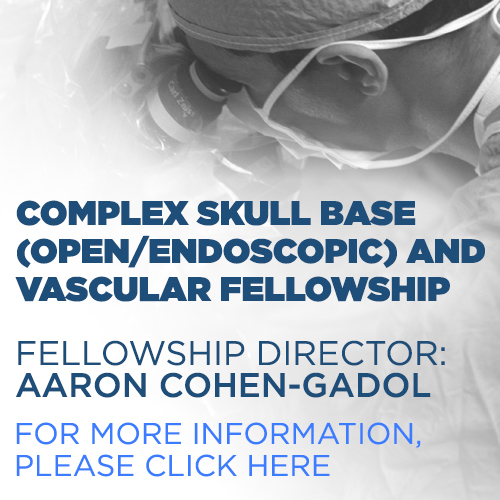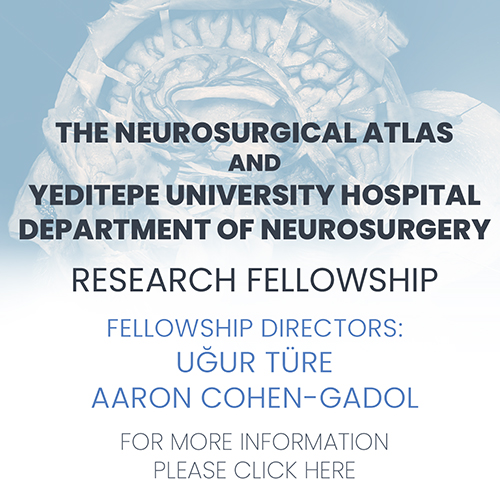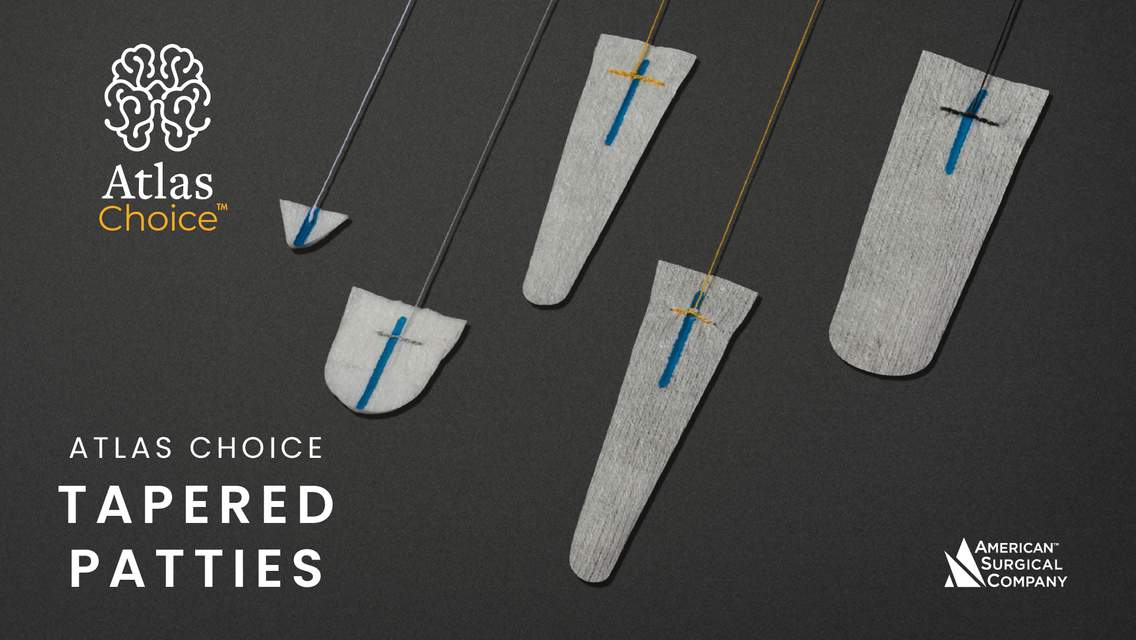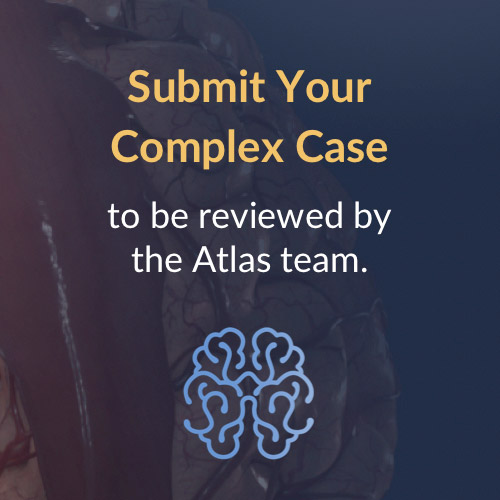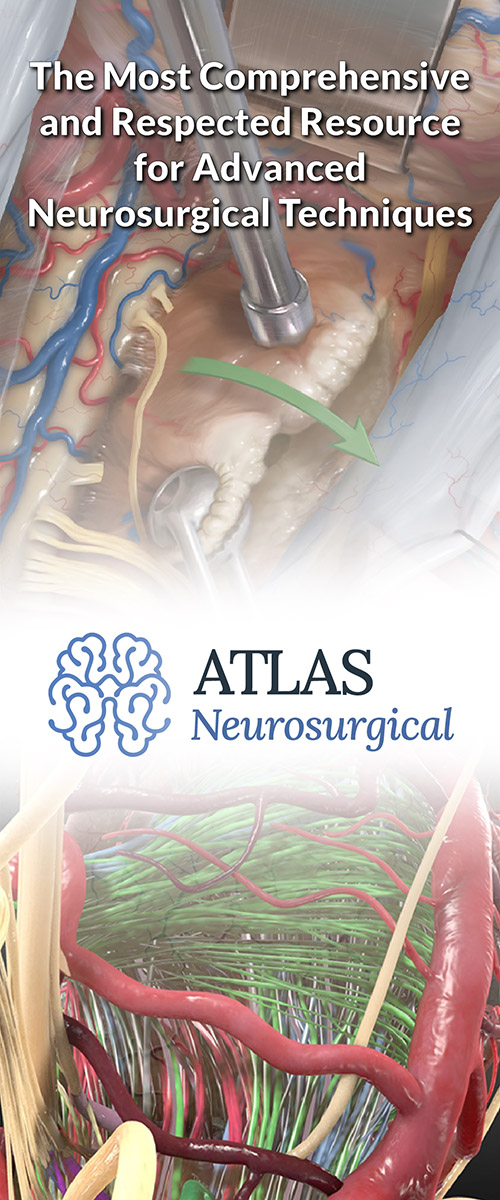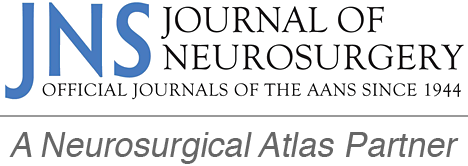Cryptococcosis
Figure 1: In this HIV-positive patient, there is a cluster of dilated perivascular spaces and pseudocysts with signal isointense to CSF on T1-weighted (top left), T2-weighted (top right), and FLAIR (middle left) imaging. (Middle Right) The medial-most lesion demonstrated more heterogeneous signal with a solid enhancing component along the medial margin. (Bottom Left and Bottom Right) The majority of these lesions in the basal ganglia demonstrate normal or increased diffusivity on DWI/ADC, a common finding in many atypical infections.
Description
- Opportunistic fungal infection (Cryptococcus neoformans)
- Strongest risk factor is T-cell dysfunction and, thus, is seen most commonly in patients with HIV/AIDS
Pathology
- Encapsulated, yeast-like fungus that is found in animal droppings
- Infection in the lung spreads through the perivascular spaces into the deep gray nuclei, midbrain, and cerebellum
Clinical Features
- Signs and symptoms
- Headache is most common
- Seizure, blurred vision, focal deficits
- Hydrocephalus
- Gender
- Male > female
- Prognosis
- Mortality rates approach 100% in the untreated population; improves significantly with treatment to 15% to 30%
Imaging
- General features
- Most common finding is nonspecific meningitis
- A more specific finding is usually small gelatinous pseudocysts in the deep gray nuclei, cerebellum, and white matter along the perivascular spaces
- Cryptococcoma can simulate a tumor in the cerebral or cerebellar parenchyma or brainstem
- Modality specific
- CT
- Often normal
- MRI
- T1WI
- Dilated perivascular spaces and pseudocysts isointense to cerebrospinal fluid (CSF)
- Cryptococcoma: hypointense
- T2WI
- Dilated perivascular space isointense to CSF
- Pseudocysts will have a hypointense ring surrounding a hyperintense center
- Cryptococcoma: hyperintense
- DWI
- Normal diffusivity
- Contrast
- If the patient is immunocompetent, the lesion might demonstrate low-level enhancement
- Cryptococcomas demonstrate solid or rim enhancement
- Gelatinous pseudocyst
- T1-hypointense, T2-hypointense ring surrounding a hyperintense center
- T1WI
- CT
- Imaging recommendations
- Standard protocol MRI (including DWI) with intravenous contrast
- Mimic
- Can be difficult to distinguish between tuberculous and toxoplasma infections, but for a patient with AIDS with dilated perivascular spaces, this should be at the top of the differential diagnosis; when in the form of a cryptococcoma, will mimic all other ring-enhancing lesions
For more information, please see the corresponding chapter in Radiopaedia, and the Cryptococcosis chapter within the Cerebral Infectious Diseases subvolume in The Neurosurgical Atlas.
Contributor: Sean Dodson, MD
References
Caldemeyer KS, Mathews VP, Edwards-Brown MK, et al. Central nervous system cryptococcosis: parenchymal calcification and large gelatinous pseudocysts. Am J Neuroradiol 1997;18:107–109.
Miszkiel KA, Hall-craggs MA, Miller RF, et al. The spectrum of MRI findings in CNS cryptococcosis in AIDS. Clin Radiol 1996;51:842–850. doi.org/10.1016/s0009-9260(96)80080-8
Smith AB, Smirniotopoulos JG, Rushing EJ. From the archives of the AFIP: central nervous system infections associated with human immunodeficiency virus infection: radiologic-pathologic correlation. Radiographics 2008;28:2033–2058. doi.org/10.1148/rg.287085135
Takasu A, Taneda M, Otuki H, Oku K. Gd-DTPA-enhanced MR imaging of cryptococcal meningoencephalitis. Neuroradiology 1991;33:443–446. doi.org/10.1007/BF00598622
Vender JR, Miller DM, Roth T, et al. Intraventricular cryptococcal cysts. AJNR Am J Neuroradiol 1996;17:110–113.
Zerpa R, Huicho L, Guillen A. Modified India ink preparation for Cryptococcus neoformans in cerebrospinal fluid specimens. J Clin Microbiol 1996;34:2290–2291. doi.org/10.1128/jcm.34.9.2290-2291.1996
Please login to post a comment.

